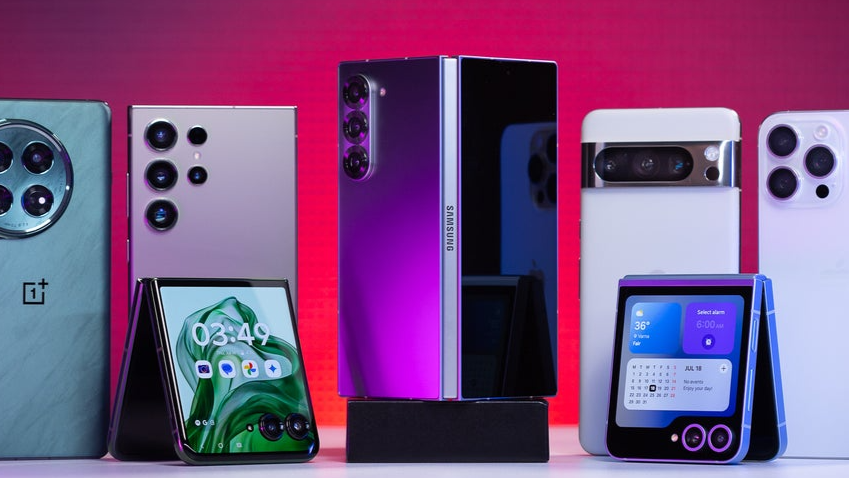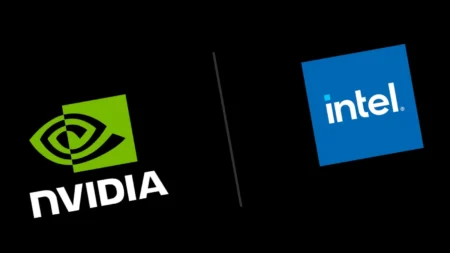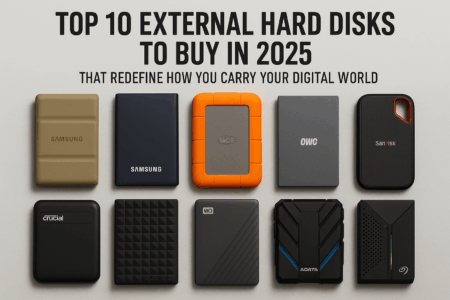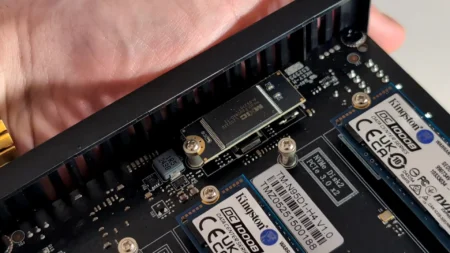In today’s digital world, mobile phones are more than just tools for communication; they are essential devices that connect us to the world, enhance productivity, and entertain us. Whether you’re a tech enthusiast, a professional seeking high performance, or someone looking for a budget-friendly option, choosing the right mobile phone can be daunting due to the vast number of options available.
This guide covers everything you need to know, from understanding key specifications to exploring the best brands and emerging trends, helping you make an informed decision when purchasing your next device.
1. Key Specifications to Consider When Buying a Mobile Phone
When buying a smartphone, it’s crucial to assess the specifications that impact performance, usability, and longevity.
Operating System (OS)
The operating system dictates the user experience, app ecosystem, and long-term software support.
• Android
Android, developed by Google, powers a vast majority of smartphones globally. It offers flexibility, customizability, and a variety of devices across all price points.
Key benefits:
• Access to a wide range of devices and price ranges.
• Supports customization with widgets, themes, and third-party apps.
• Brands such as Samsung, Google, OnePlus, and Xiaomi use Android with their own custom interfaces (e.g., One UI, OxygenOS, MIUI).
• iOS
iOS, exclusive to Apple devices, is known for its smooth performance, robust security, and ecosystem integration with other Apple products (MacBooks, iPads, Apple Watch).
Key benefits:
• Regular software updates for many years.
• Seamless integration with Apple services like iCloud, AirDrop, and Apple Pay.
• Excellent app optimization and exclusive apps in the App Store.
Display Technology and Quality
A phone’s display directly impacts your viewing experience, making it an essential factor to consider.
• Types of Displays
• LCD (Liquid Crystal Display): Found in many budget and mid-range phones. While affordable, LCDs offer decent brightness and color accuracy but lack the deep blacks of OLED displays.
• OLED/AMOLED (Active Matrix Organic Light Emitting Diode): Found in high-end and some mid-range devices. They deliver vibrant colors, deep contrast, and better energy efficiency, especially with dark themes.
• LTPO OLED: A newer OLED variant that offers adaptive refresh rates (e.g., from 1Hz to 120Hz), improving both performance and battery life.
• Resolution
• HD (720p): Common in entry-level phones but lacks sharpness for large screens.
• Full HD (1080p): Ideal for mid-range phones, offering clear visuals for most users.
• Quad HD (1440p): Found in premium models, perfect for those who prioritize display quality.
• 4K: Rare, mostly used in specialized phones for multimedia consumption.
• Refresh Rate
Phones with higher refresh rates (90Hz, 120Hz, and even 144Hz) offer smoother scrolling, gaming, and overall interaction.
Camera Capabilities
Mobile cameras have advanced significantly, making them one of the most important features for many buyers.
• Megapixels (MP): While a high megapixel count (e.g., 48 MP, 108 MP) can offer more detail, sensor size and software optimization matter more for quality.
• Aperture: A wider aperture (lower f-number) allows more light, improving low-light photography.
• Optical Image Stabilization (OIS): Reduces blur caused by hand movement during photos and videos.
• Additional Lenses
• Ultra-wide: Captures more of the scene, great for landscapes.
• Telephoto: Offers optical zoom without quality loss.
• Macro: Specialized for close-up shots of small objects.
• Depth Sensor: Enhances portrait shots by creating a natural bokeh effect.
Performance: Processor and RAM
Performance is determined by the phone’s processor (CPU) and RAM.
• Processors
Leading processors in 2025 include:
• Apple A18 Bionic: Found in the latest iPhones, known for top-tier performance.
• Qualcomm Snapdragon 8 Gen 3: Powers flagship Android phones, excelling in gaming and AI tasks.
• MediaTek Dimensity 9200: A competitive option for high-end and mid-range devices.
• Exynos and Tensor: Samsung’s Exynos and Google’s Tensor chips offer good performance, with Tensor focusing on AI-driven features.
• RAM
• 4 GB: Suitable for basic tasks and light usage.
• 6-8 GB: Ideal for most users, ensuring smooth multitasking and gaming.
• 12-16 GB: Found in flagship phones, offering top-tier performance for heavy multitasking and demanding apps.
Battery Life and Charging
Battery life is crucial for daily usability.
• Capacity: Measured in milliampere-hours (mAh), larger capacities generally offer longer battery life. Aim for at least 4000 mAh.
• Charging
• Fast Charging: Look for phones with 25W or higher charging speeds.
• Wireless Charging: A convenient feature, especially with fast wireless chargers.
• Reverse Wireless Charging: Allows you to charge other devices using your phone.
Storage Options
Storage is important, especially for users who take many photos or download large files.
• Internal Storage: Phones with 128 GB or more are recommended.
• Expandable Storage: Some Android phones offer microSD card support, useful for additional storage.
Popular Mobile Phone Brands in 2025
Apple
Apple continues to dominate the premium smartphone market with its high-end hardware, seamless software, and long-term support.
Samsung
Samsung offers a wide range of phones, from budget to flagship models. Its Galaxy S series and Z series (foldables) remain popular.
Google’s Pixel series is known for exceptional camera performance and clean Android software with guaranteed updates.
Xiaomi, Oppo, Vivo, and Realme
These brands offer value for money, providing high-end specs at competitive prices.
Emerging Trends in Mobile Phones
Foldable and Rollable Displays
Foldable phones are gaining popularity, with improvements in durability and user experience. Rollable displays are also expected to enter the mainstream market.
AI-Driven Features
AI is being integrated into cameras, voice assistants, and system optimizations, improving user experience and performance.
Eco-Friendly Devices
More manufacturers are focusing on sustainable practices, such as using recycled materials and offering longer software support.
Finding the Perfect Mobile for Your Needs
Whether you’re looking for a flagship device with cutting-edge technology or a budget-friendly phone that covers the essentials, understanding your priorities is key. Compare devices based on the factors discussed, and don’t forget to consider after-sales support and software updates.













